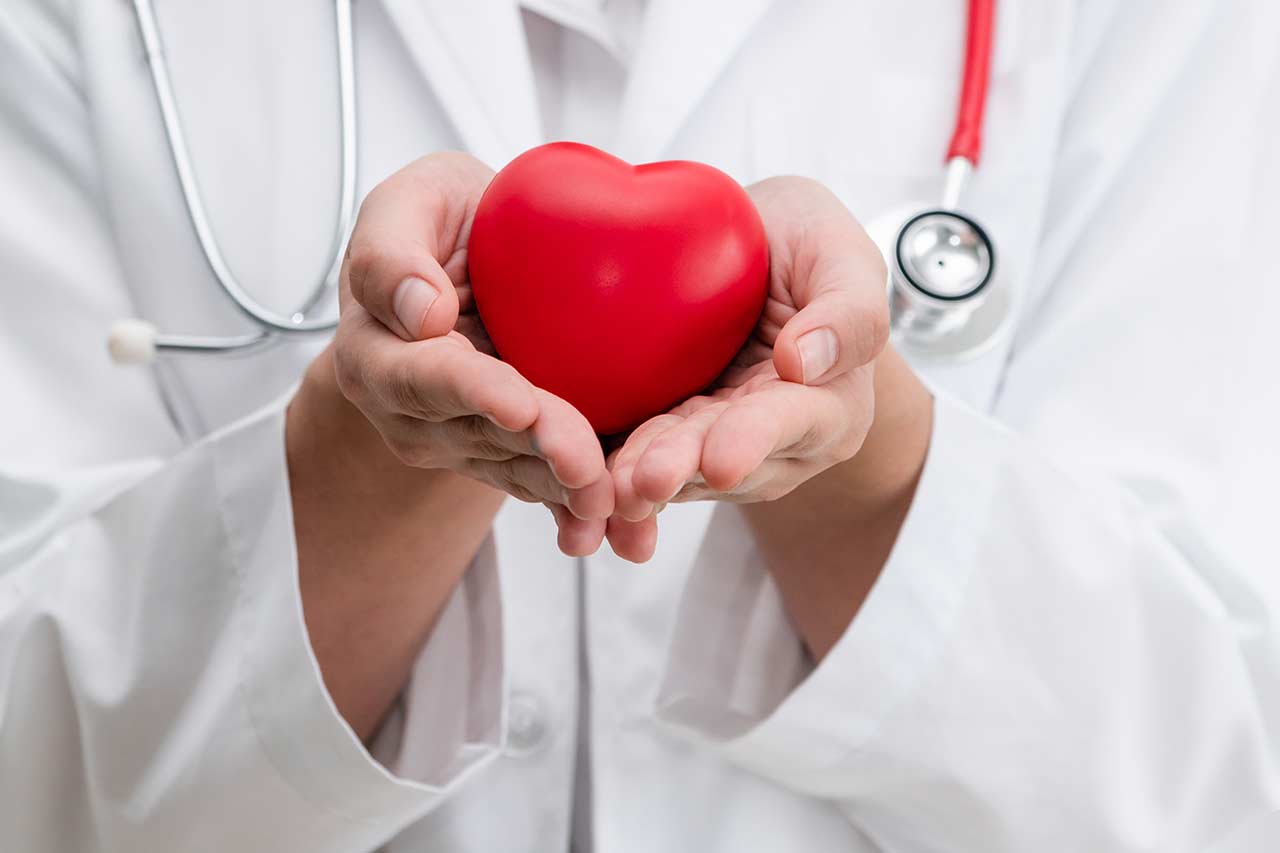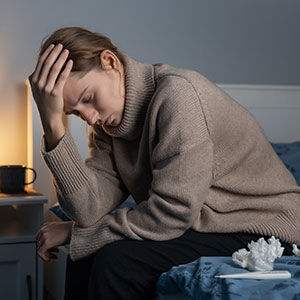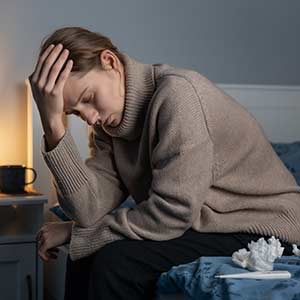Understand The Mold Illness: Symptoms And Causes by COEM in Charleston SC
There is a wide range of mold illness symptoms that can overlap with other illnesses. It is best to seek medical help if one or more of these symptoms of mold toxins persist. Visit The Center for Occupational and Environmental Medicine (COEM) to get specialized care. For more information, contact us today or book an appointment online. We are conveniently located at 7510 North Forest Drive North Charleston, SC 29420. Patients routinely fly in to be evaluated by COEM, as we serve patients internationally. Find out if you have been exposed, extensive lab testing is available.


Table of Contents:
Understand the mold illness – how mold can affect your body
Symptoms of mold toxicity
Causes of mold toxicity
How did you get exposed to mold?
How do people get sick after being exposed to water-damaged buildings?
A typical case of mold toxicity may be characterized by tiredness, headaches, diarrhea, etc., and can adversely hamper your health and daily routine. When you get a Mold Illness from a mold-infested building, the biotoxins present in these structures enter your body. Your body is unable to process these biotoxins because of your genes. This is a critical illness that can wreak havoc on your body.
Your body’s immune response to the poisons causes inflammation all through your body’s critical systems which can severely damage your quality of life.
Mold toxicity symptoms generally include the following:
• A low white blood cell count,
• Poor lung function,
• Fatigue, weakness, muscle cramps, and joint aches
• Numbness or tingling
• Nerve Pain
• Neurocognitive dysfunction
• Anxiety, depression, or irritability
• Difficulty focusing or finishing a task
• Headache
• Insomnia
• Night Sweats
• Sensitivity to light
• Sinusitis
• Gastrointestinal problems
• Shortness of breath
• Chest tightness
• Dizziness
• Laryngitis
• Tremors
• Heart palpitations
• Nosebleeds
• Difficulties losing weight
• Nausea
• Abdominal Pain
• Diarrhea
• Immune suppression
• Kidney and lung disease
There is a wide range of mold illness symptoms that can overlap with other illnesses. It is best to seek medical help if one or more of these symptoms of mold toxins persist.
An excessively sensitive immune response activates mold allergy symptoms. Inhaling the small, airborne mold spores, tiny particles that form as the mold reproduces causes mold allergy. They can travel through the air and get in your nose. Your body then identifies the spores as foreign objects and generates an allergic reaction by combating them by creating allergy-causing antibodies.
Your body remembers to produce antibodies meant to tackle a similar mold infection in case of any future infection. This will prompt your immune system to release substances like histamine, which causes mold allergy symptoms.
Some people are more prone to mold allergies, e.g., people with asthma or any kind of hay fever.
Risk factors that make you vulnerable to mold allergy include:
• Having a job that makes you susceptible to mold exposure
• Working or living in a building with high humidity or exposed to moisture
• Poor ventilation in your house
• Living or working in a building that uses construction materials that promote mold growth
• Flooding and water leaks like wet spots in the ceiling or on the floor
• Hereditary factors
Mold spores are found in the outdoor air from late winter to early fall months in colder climates. Hotter climates tend to have mold spores all through the year. Indoor mold can come from the outside environment. Indoor mold contamination depends on moisture levels in the home and outdoor mold levels.
Toxic mold exposure can cause several health problems. After pollen, mold is the leading cause of outdoor airborne allergies. It can produce several destructive chemicals, including allergens, irritants, and mycotoxins. This is the most hazardous and potentially toxic substance produced by mold. Mold and its related toxins are gradually being acknowledged as a cause of illness and various mild and severe symptoms as described above.
About half of the buildings at present have water damage. They can be a host to mold and several other hazards, including bacteria and inflammatory toxins (known as biotoxins).
These organisms can process the materials and chemicals used for constructing buildings and alter them into toxic chemicals called inflammogens.
If you are allergic to mold toxins and are exposed to these hazardous chemicals, Chronic Inflammatory Response Syndrome (CIRS) can occur. This is your body’s uncontainable inflammatory response to a toxin it cannot remove, causing a host of inflammatory and hormonal alterations.
This condition generally occurs in the 24% genetically vulnerable (HLA DR/DQ genotype) people and those who cannot detoxify mold properly (source: Jill Carnahan, MD).
If you are suffering from mold illness or are seeking black mold toxicity treatment, schedule an appointment with us for the most effective treatment options. For more information, contact us today or book an appointment online. We are conveniently located at 7510 North Forest Drive North Charleston, SC 29420. We serve patients from Charleston, Mt. Pleasant, Summerville, North Charleston SC, Ladson SC, Hanahan SC, James Island SC, John’s Island SC, Daniel Island SC, all of South Carolina, Nationally, and Internationally. Patients routinely fly into Charleston to be evaluated by COEM and to enjoy this beautiful city which is a Condé Nast and Travel and Leisure Top Domestic and International Tourist Destination.

Additional Services You May Like
- Allergy and Autoimmunity
- Asthma and COPD
- Autoimmune Diseases
- Allergy and Immunology
- Anti Aging Medicine
- Autism and Children
- ADHD
- Bacterial Infections
- Breast Health and Thermography
- Chemical Toxicity
- Candida Fungal Problems
- Cancer Treatment
- Chronic Illness
- Chronic Inflammatory Response Syndrome (CIRS)
- Chronic Fatigue
- Cardiovascular Disease
- Carbon Monoxide Poisoning
- Chelation Therapy
- Depression
- Environmental Medicine
- Ear Ringing and Dizziness
- Functional Medicine
- Fatigue Treatment
- Fertility and Preconception Care
- Gut Health
- Heavy Metal Toxicity
- Hormonal Imbalances
- Headaches and Migraines
- Hormone Balancing (Men & Women)
- Hepatitis
- Integrative Medicine
- Influenza
- Lab Testing
- Mold Toxicity
- Malnutrition
- Neurodegenerative Disease
- Natural Hormone Balancing For Women
- Preservative-Free IV Therapy
- Stomach Acid Imbalance
- Smoking Cessation Program
- Skin Therapy (Anti-Aging)
- Swine Flu
- Thyroid
- Mold Toxicity
- Vitamin D
- Weight Loss Program
- Women’s Breast Health Formula

Additional Services You May Like
- Allergy and Autoimmunity
- Asthma and COPD
- Autoimmune Diseases
- Allergy and Immunology
- Anti Aging Medicine
- Autism and Children
- ADHD
- Bacterial Infections
- Breast Health and Thermography
- Chemical Toxicity
- Candida Fungal Problems
- Cancer Treatment
- Chronic Illness
- Chronic Fatigue
- Cardiovascular Disease
- Chronic Inflammatory Response Syndrome (CIRS)
- Carbon Monoxide Poisoning
- Chelation Therapy
- Depression
- Environmental Medicine
- Ear Ringing and Dizziness
- Functional Medicine
- Fatigue Treatment
- Fertility and Preconception Care
- Gut Health
- Heavy Metal Toxicity
- Hormonal Imbalances
- Headaches and Migraines
- Hormone Balancing (Men & Women)
- Hepatitis
- Integrative Medicine
- Influenza
- Lab Testing
- Mold Toxicity
- Malnutrition
- Neurodegenerative Disease
- Natural Hormone Balancing For Women
- Preservative-Free IV Therapy
- Stomach Acid Imbalance
- Smoking Cessation Program
- Skin Therapy (Anti-Aging)
- Swine Flu
- Thyroid
- Mold Toxicity
- Vitamin D
- Weight Loss Program
- Women’s Breast Health Formula


















